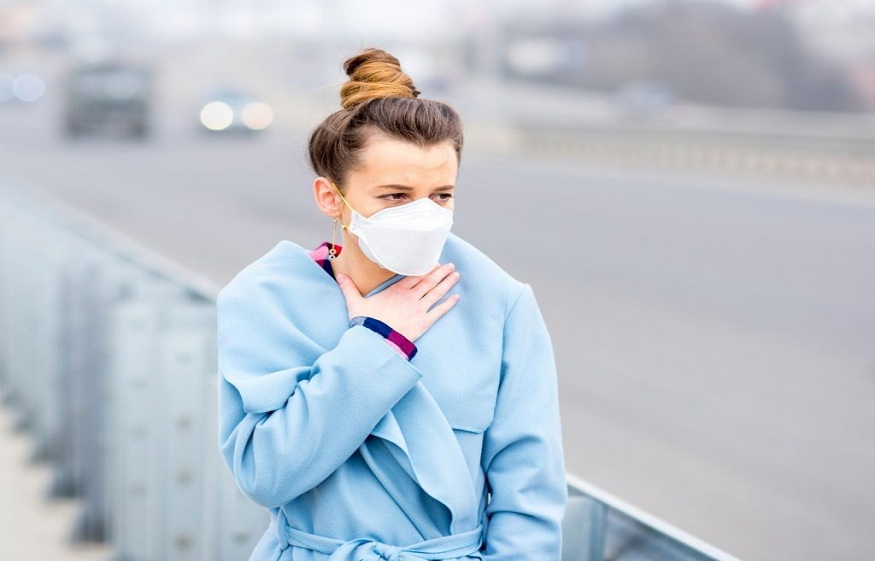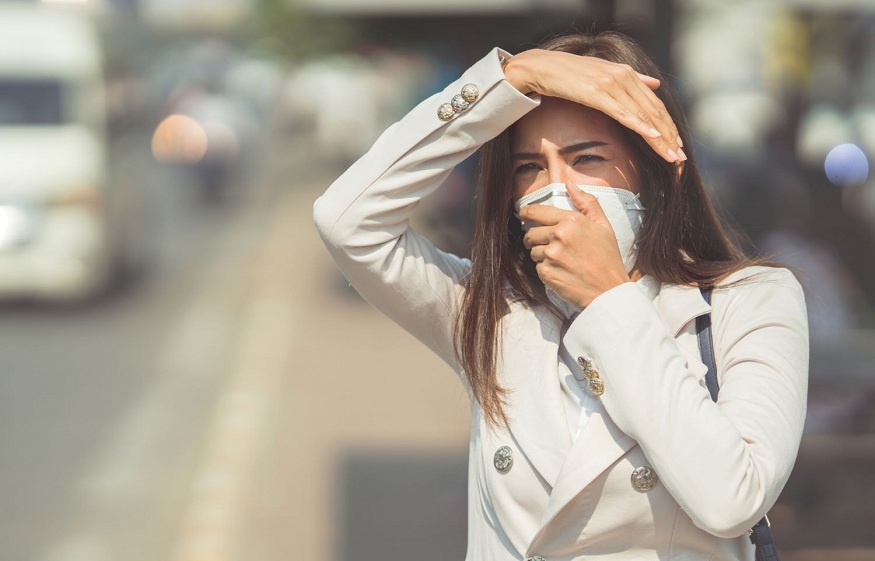In a world already facing global warming and overpopulation, half of humanity does not have access to clean fuels and technologies (for stoves and lighting, for example) and the polluting emissions of our engines make the ambient air dangerously unbreathable: nine out of ten people are now exposed to levels of air pollution that cause 7 million deaths each year.
Air pollution is particularly harmful to health – a third of deaths from stroke, lung cancer or heart disease are attributable to it. It has effects comparable to those of smoking and far superior to those of a diet too rich in salt.
Even in the beautiful neighborhoods, if the surrounding air is polluted, everyone breathes it. The body’s natural defenses fail to retain micropollutants that enter the airways and blood affecting the lungs, heart and brain.
Even in the absence of smog, the air is not necessarily clean. All over the world, levels of toxic pollutants are measured in both rural and urban areas above the annual averages that the WHO recommends not to exceed in its air quality guidelines.
“It is in our hospitals and our lungs that we feel the true cost of climate change. The burden of polluting energy sources is now so heavy on health that shifting to cleaner and more sustainable modes of energy supply, transport and the food system pays off in itself,” says Dr Maria Neira, WHO Director for Public Health and Social and Environmental Determinants of Health.
To help people better understand how polluted the air they breathe is, WHO, UN Environment and the Climate and Clean Air Coalition’s Breathe Life campaign have developed an online counter of pollution.
Breathe Life – a global clean air campaign that mobilizes communities to reduce the impact of air pollution in cities, regions and countries currently covers some 97 million people.
How will our children be able to continue to breathe?
WHO and its partners organized in Geneva from October 29 to November 1, 2018 the first Global Conference on Air Pollution and Health in order to achieve a global mobilization in favor of commitments to fight against the phenomenon. The Conference raised awareness of this growing public health problem as well as an exchange of information and tools on air pollution-related health risks and possible interventions.
The Conference highlighted some of WHO’s efforts in this area, including the findings of its Global Platform on Air Quality and Health – which includes researchers, United Nations agencies United Nations, other institutional partners and civil society and analyzes evidence and data on air quality and health. The platform, for example, develops techniques for specifying the different sources of pollution and also seeks to improve air quality estimates by combining data from various air quality monitoring networks, atmospheric models and satellite remote sensing.
The Conference took stock of the activities and results achieved through the ongoing efforts of the WHO Urban Health Initiative to provide city authorities with the data, tools and capacity to choose, apply and monitor policies for clean air and urban health
Major issues at the first World Conference on Air Pollution and Health
Air quality monitoring :
Inexpensive sensors and other new technologies allow air quality monitoring and forecasting to be extended to currently underserved areas. New protocols and criteria are needed to ensure effective use and interpretation of the data provided by these sensors in citizen science and other applications.
Health Sector Emissions :
Access to reliable and sustainable energy sources in health facilities is key to achieving the goal of universal health coverage. On-site renewable energy generation in these facilities can improve access to services, particularly in the context of rural development. By reducing its own carbon footprint, the health sector can set an example and show how mitigating climate change has concrete health benefits.
Empower national health workers :
National health workers must be able to deal with the immediate health effects of air pollution and communicate with policy makers to preventive action to reduce the burden of disease associated with it. In public health, training programs relating to air pollution and its health effects are still very rare and information on the issue remains insufficient.
Child health :
Currently, 93% of children under the age of 18 face air pollution levels above the limits that the WHO recommends not to exceed. Exposure to polluted air causes a range of adverse effects in children – higher infant mortality, asthma, neuro developmental disorders and cancer. By “prescribing” good air quality for children, policy makers can protect them from the lifelong effects of exposure to air pollution.
Access to clean energy sources :
Family access to clean energy sources needs to figure more prominently in global energy, health and climate concerns. Pollution inside homes is one of the most serious health risks related to the environment and a significant source of pollution responsible for global warming. Meeting SDG 7 targets for universal access to modern energy services requires 3 billion people to have clean cooking solutions and 1 billion connected to the electricity grid by 2030 The current rate of progress is still too slow to achieve this.


